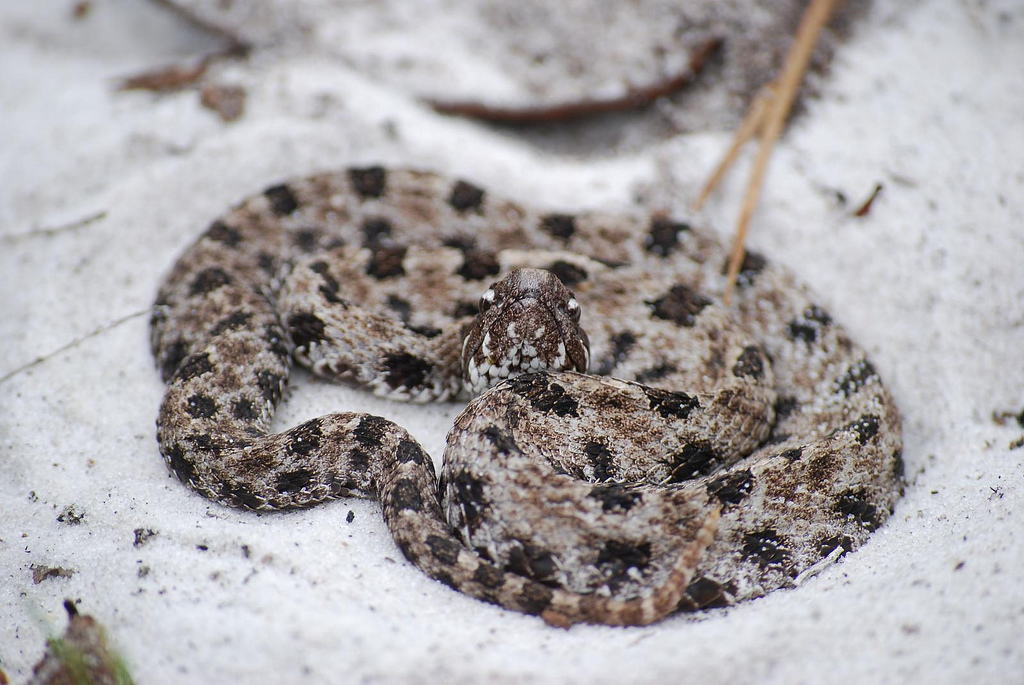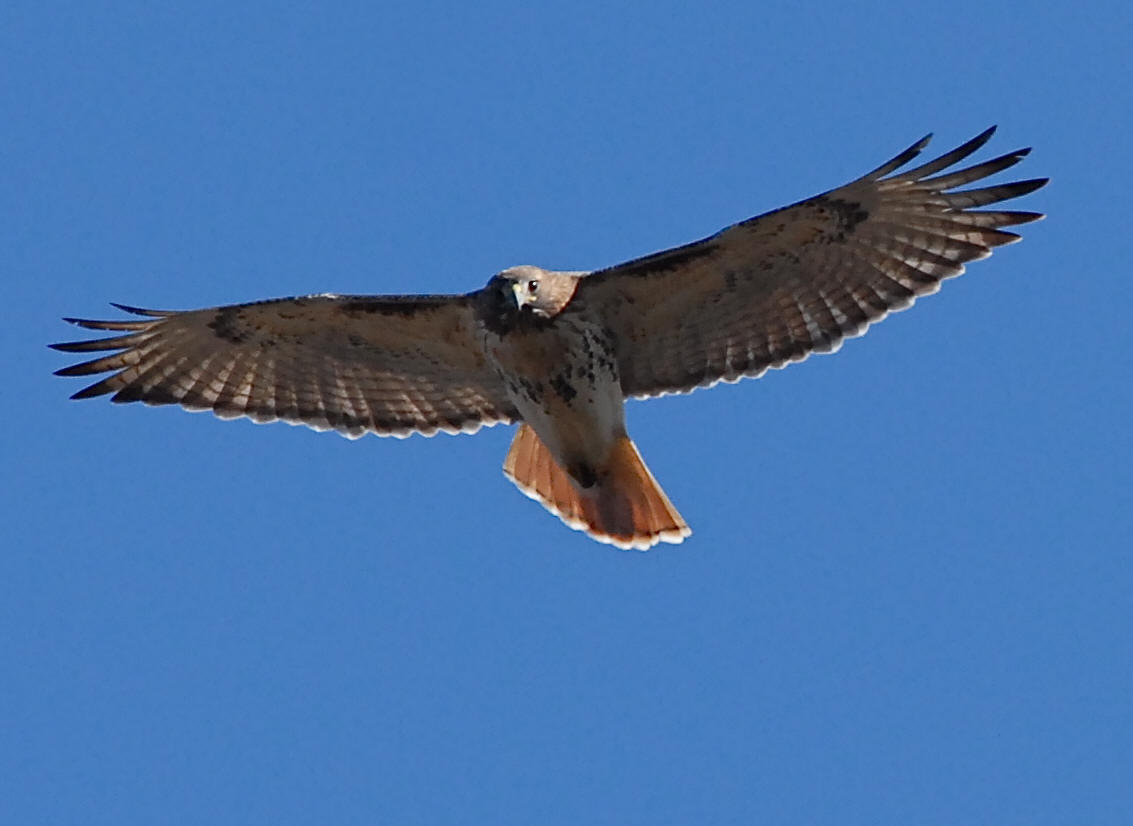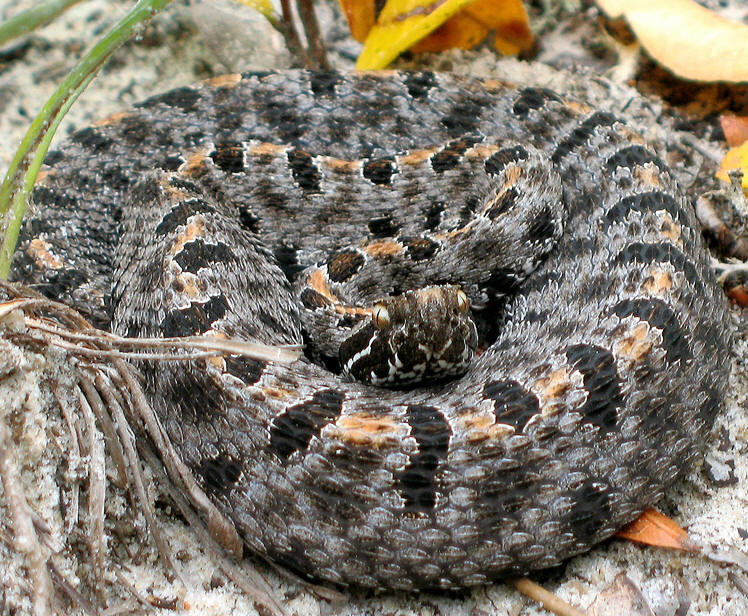Interactions
Mutualism
 The Southeastern Pygmy is able to adapt to many
The Southeastern Pygmy is able to adapt to many
different environments as long as there is water nearby.
This makes them a mutualistic organism because of its
ability to exchange habitats and homes with different
organisms. Many times other small animals use crevasses
that were previously used by the Sistrurus miliarius. The
same is also true for the Southeastern Pygmy Rattlesnake; they have been known to use
previously dug holes not by other Pygmy Rattlesnakes, but instead dug by tortoises and other
small animals.
Competition
Although the Southeastern Pygmy Rattlesnake is one of the most abundant snakes in the
Southeastern United States, competition is not very difficult. These snakes generally do not have
a hard time finding food. If food happens to be scarce it is still not life threatening to the
Sistrurus miliarius because of their wide variety in nutrition (from small rodents to insects).
Predation
Although there are not many laws protecting the Southeastern Pygmy Rattlesnake from
hunters, there is not a great competition
for small snakes with abnormally small rattles like the
abnormally small rattles like the
Sistrurus miliarius.
Southeastern Pygmy Rattlesnakes are "Tertiary
Consumers" which means that they tend to eat
"Secondary Consumers" like mice whose main food
are insects. In difficult times the Sistrurus miliarius
has been known to eat "Primary Consumers" such as insects that feed on plants. But because the
Pygmy Rattlesnake is only a Tertiary Consumer, they have to worry about "Quaternary
Consumers" or the predators that hunt them. The main animals that hunt the Sistrurus
miliarius tend to be bigger birds like: Red Tailed Hawks, Bald Eagles, and Owls.
Interactions
Even though the Southeastern Pygmy Rattlesnake has a venomous bite, it is usually not life
 threatening.
Therefore, this snake
is not going
threatening.
Therefore, this snake
is not going
after humans anytime soon. It is much more
likely to prey on small critters such as Mice,
Rabbits and other rodents. Generally when a
human comes across this Rattlesnake the
Sistrurus miliarius will not even be noticed and
because the rattle can only be heard from less
than a few feet away it does not provide much of a warning for humans. But if found nearby the
snakes nest, the Sistrurus miliarius will remain perfectly coiled up and it will usually puff itself
up to appear as big as possible in hopes of making the human leave the nesting ground. If it does
not stay in its nest the Southeastern Pygmy Rattlesnake will usually run away. But in the rare
cases the Sistrurus miliarius has been known to attack humans. If the snake chooses to attack, it
usually strikes multiple times before scurrying off into the brush.
Parasitism
 Although many species fear the Sistrurus miliarius many
parasites find it to be
Although many species fear the Sistrurus miliarius many
parasites find it to be
the perfect host for their reproduction cycle. Some of the most common of
these parasites are ticks, mites, and Trichomoniasis. Ticks and Mites are
known for burrowing into their hosts and gorging themselves full of blood.
Mites are one of the most common and most harmful parasites to snakes. Once mites have
successfully penetrated into the snake’s skin females can lay as many as 80 eggs. Mites feed on
the blood of their host; which can cause anemia. These can also transmit viruses and create other
serious bacterial infections.
